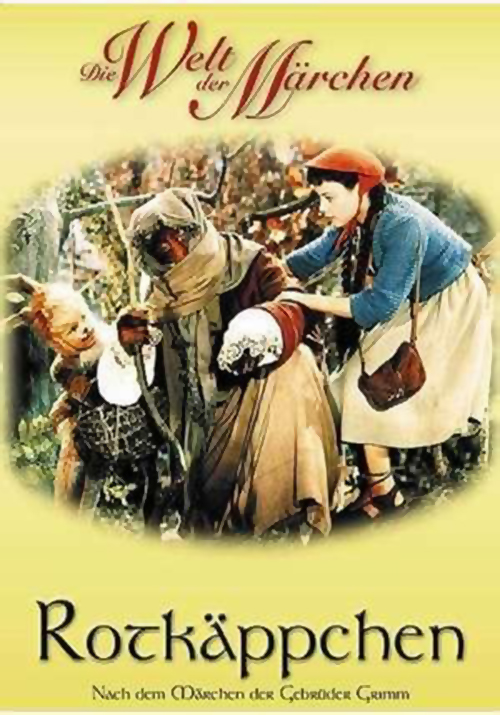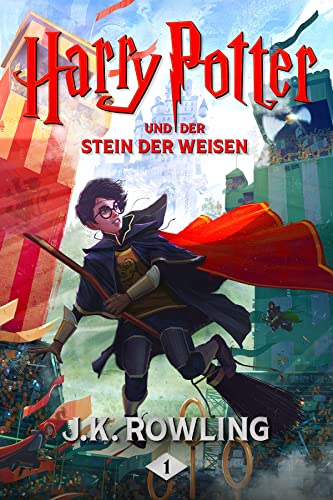I have heard the opposite advice so often, I‘ve lost count. And I really enjoyed picking some really nice German Children’s books to read them to my now twelve-year-old son.
What I pay a lot of attention to when choosing a book is the language. They are lovely written and it was a pleasure to read them to my boy but the language in there was everything but simple and definitely not suitable for beginne language learners but rather for the very advanced learners.
Candyland
Oh, they meant those “other” children‘s books. Where Timmy and Tammy ride the ponies to Candyland.
Well, hum, really? Would you read that in your own language? I mean by yourself?
I‘m sure your intellect rejoices when you flip the 2-inch thick pages to see those lovely drawn images with that one or two lines of literature written under them? I mean, who wouldn‘t (at the age of two)? So, are books really the best choice?

das Kaninchen – the rabbit / Image via Pixabay
German Children’s Books – They Are Not for You
Well-written children‘s books use a language full of the written past tense called Präteritum. It uses antique, low-frequent words and non-communicative structures. They are literature.
Ever met someone speaking like a book? Books made for toddlers are an insult to the adult‘s brain that is capable of so much more than reading ten sentences (that you should be able to go over on a single day anyhow) about construction vehicles, firemen, or Dolly‘s first day in school.
Types of Children’s Books and What Each Type Offers Learners
Children’s books encompasses various genres tailored to different age groups and reading proficiency levels. The categories include picture books designed for pre-readers (ages 2-6), simple stories for emerging readers (ages 6-9), and narratives/non-fiction for independent readers (approximately ages 8-12). The linguistic complexity, vocabulary range, and overall literary quality span a wide spectrum.
Picture Books
The first category features straightforward grammar and repetitive vocabulary. Although children in this age range grasp basic grammar and vocabulary related to their daily experiences, adults starting to learn a language may find these books challenging without the foundational oral knowledge native German speakers naturally acquire.
Adult beginners lack the linguistic base provided by oral communication, making children’s books, which introduce new words through parental explanations, less suitable for them. Books only focused on individual words with accompanying illustrations, such as colors and animals, while relevant, are going to be quite dull for an adult reader.
Story Books
The second category presents simple language and illustrations, suitable for kids and also interesting to some adult learners. However, the subjects of such stories, often centered around animals and imaginative characters (such as “The Three Little Pigs” or “The Little Red Riding Hood”), may not consistently captivate adults and do not align with their priorities.

Fiction
The third category encompasses a diverse range of plots and sophistication levels for young teenagers (and often their parents too). However, classic fairy tales and folktales, though intriguing, often use vocabulary and grammar beyond the basics for modern adult learners. Depending on the complexity of the plot, intermediate German learners (or higher) may find such a children’s book interesting and beneficial.
The same holds for fiction series, such as “Harry Potter,” where the plot may be familiar if you have read it in your own language first or seen the Harry Potter films, yet the books come with extensive vocabulary and complex structures more suitable for upper-intermediate or advanced students. Following the adventures of Harry and his young friends can be extremely challenging for learners without prior knowledge of the basic plot and characters and trying to figure that out will certainly not allow focusing on the beautiful language and learning vocabulary while reading.

In general, children’s books focus less on teaching basic vocabulary and grammar, as children acquire this knowledge orally from family and friends. Instead, the plots serve as vehicles for exploring values, traditions, social norms, behavior, and emotions in ways that engage and instruct the child. This characteristic is observed in traditional stories, legends, and myths across cultures, whether conveyed orally or in written form.
Why Children’s Books Aren’t Always a Good Starting Place
German children’s books are understandably tailored for young native German speakers, specifically for those in the early stages of language development. These youngsters possess remarkably extensive vocabularies even at the age of three, using numerous words that German language learners may never encounter or actually require. After all, which child isn’t familiar with the sounds various animals make, the names for different body positions, or a plethora of verbs primarily utilized within childhood routines?
When instructing students in reading, we opt for purpose-written texts rather than generic children’s books. While it is possible to use children’s books for teaching languages, doing so requires investing considerable time in imparting the specific vocabulary contained within them.
However, a substantial portion of this vocabulary is not high-frequency and may not sometimes refer to the real world outside fairy tales, making it arguably not worth the effort. Adult learners, aiming to make efficient progress, should concentrate on mastering the most commonly used words and language structures. Their focus should be on reinforcing their understanding of the language’s underlying structure, rather than decoding an abundance of vocabulary with limited practical application in the short term.
Do What You Love
If you like to read, read what you‘d normally read. Even if that means not understanding major parts of it. But at least you are directing your interest towards your interests and pre-knowledge.
Read it online with a good browser dictionary and you will quickly get the idea of the article or text. You will forget the words and structures that you don‘t use in your everyday life or at least park them in the darker lots of your memory where they will become dusty and rusty and finally die, sad and alone.
Helpers
Great online dictionaries are linguee.com, dict.cc, leo.org or pons.de. Or search for a browser dictionary plugin‘ to make finding words even more comfortable.
Finding German sites that contain information about your field of interest shouldn‘t be a problem either. Learn German like an adult, like an individual who wants to share what he or she has experienced and learned.
FAQs about German children’s books
Here are some of the questions people ask about children’s books in German.
What books do German children read?
German children often read a variety of classic and contemporary books. Popular choices include works by authors like Michael Ende (“Die unendliche Geschichte”), Cornelia Funke (“Die Wilden Hühner”), and Janosch (“Oh, wie schön ist Panama”). Additionally, German translations of international classics like Astrid Lindgren’s “Pippi Langstrumpf” are widely enjoyed in Germany as well.
Which books should German learners read?
German learners can benefit from a range of literature suited to their language proficiency. Beginners might practice with simple stories and gradually progress to more complex texts on topics they are interested in. You can try “Der Kleine Prinz” by Antoine de Saint-Exupéry (originally published in French), or another great book and example of classic German literature – “Emil und die Detektive” by Erich Kästner, offering a glimpse into German history.
What are the most widely read German children’s books written for young native speakers?
German children’s literature boasts several beloved classics. Works such as “Der Struwwelpeter” by Heinrich Hoffmann, “Max und Moritz” by Wilhelm Busch, and “Die kleine Raupe Nimmersatt” (The Very Hungry Caterpillar) by Eric Carle (translated into German) are widely cherished by young native speakers.
Where can I read German books online?
There are various online platforms in the public domain offering free German books for readers of all levels. Websites like Project Gutenberg (gutenberg.org) provide access to a collection of German classics.
Additionally, platforms like Amazon Kindle, Google Books, and Librivox offer a diverse selection of German literature in both digital and audiobook formats. The Deutsche Nationalbibliothek library also provide online resources for reading German books.
Summing Up: German Children’s books: Don‘t Read Them
So, in contrast to the common belief that children’s books are universally beneficial for those learning German, they may not be the ideal starting point for beginners. German books, particularly for young native German speakers, reveal a notable mismatch for adult learners of the German language. Emphasizing the importance of focusing on high-frequency terms and language structures, decoding vocabulary from children’s books may prove inefficient for those learning German.
Using online tools and purpose-written texts tailored to the needs of adult learners instead can offer a more effective and fun language-learning journey. If you’d like to learn more or start a German course today, come check us out at SmarterGerman!
